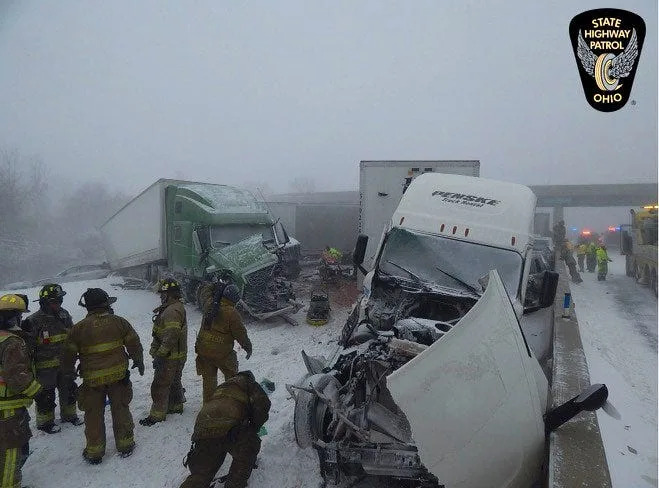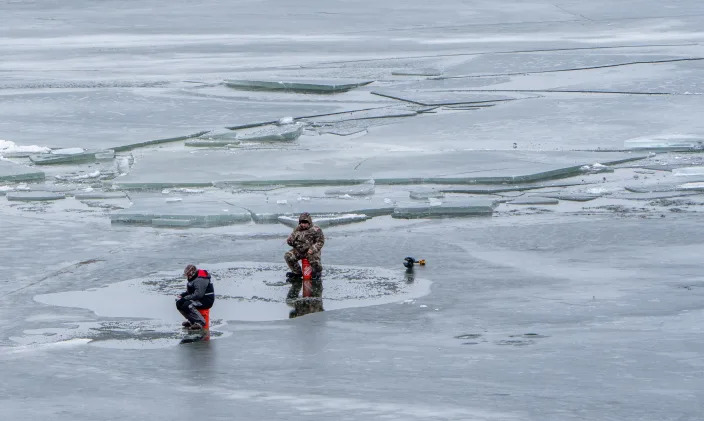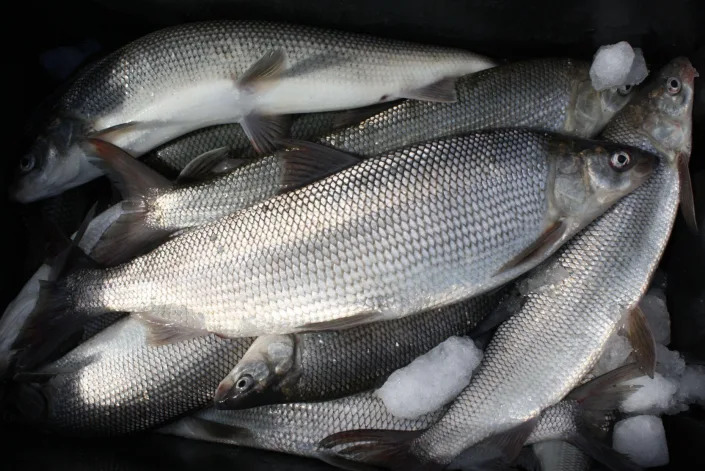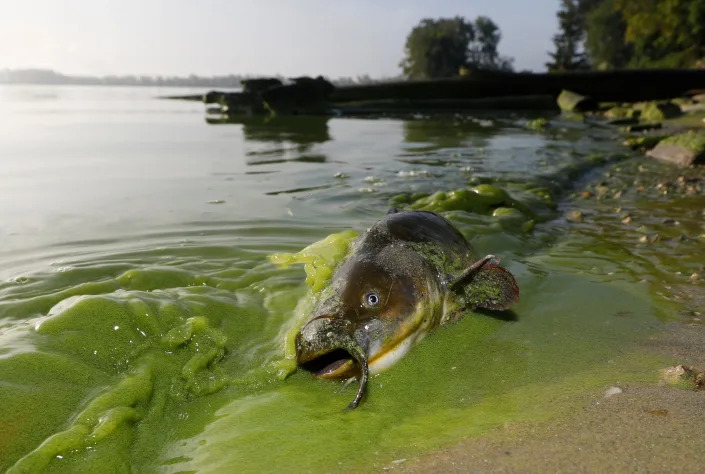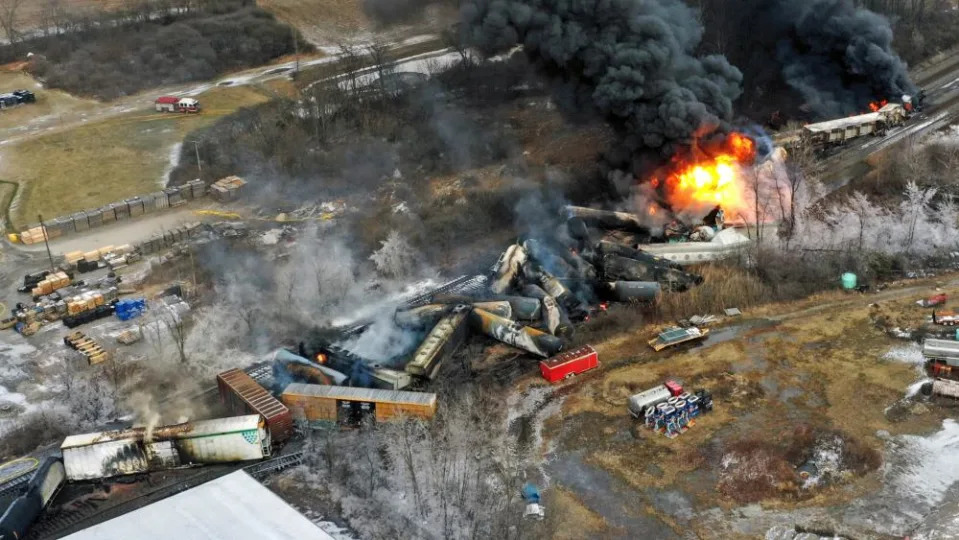HuffPost
These Sleep Habits Are Putting Your Heart Health At Risk
Jillian Wilson – March 21, 2023

In addition to eating nutritious foods and exercising, sleeping is important for your heart health.
While it’s well known that exercise, healthy eating and managing things such as high blood pressure and cholesterol are crucial for your heart health, it turns out your sleep habits play a big role, too.
A recent study of 2,032 people published in the Journal of the American Heart Association found that poor sleep or not enough sleep led to a higher risk of cardiovascular disease, including atherosclerosis ― an issue where plaque causes the arteries to harden or thicken.
The study looked at people with obstructed sleep apnea, people with fragmented sleep and people with short sleep duration. Participants wore a wrist tracker for seven days to measure their sleep and completed a sleep journal; the study also measured their heart rate, breathing and sleep stages.
People who had irregular sleep ― which means sleep that varied by 90 minutes to 2 hours each week ― were 1.4 times more likely to have high coronary artery calcium scores, which is the amount of plaque in your arteries.
The study underscored data found by other recent sleep-and-heart research, according to Dr. Manesh R. Patel, the chief of the division of cardiology and the division of clinical pharmacology at Duke University School of Medicine.
Patel said that other studies have explored this topic and also found that low-quality sleep (like waking up frequently in the night) or not getting enough sleep can put folks at risk for other cardiovascular conditions beyond atherosclerosis. This includes high blood pressure and irregular heart rhythms, Patel noted.
What do these findings about sleep mean for you?
Unfortunately, even just short durations of poor sleep can impact your heart health.
Dr. Virend Somers, a cardiologist at the Mayo Clinic, recently led a randomized controlled study that focused on sleep deprivation and its impact on high blood pressure. The study was made up of healthy young people.
“We looked at their blood pressure and their sympathetic nervous system … over 24 hours,” he explained. When study participants were sleep-deprived (in this case, researchers reported they got four hours of sleep a night for nine days), their blood pressure went up both during the daytime and when they were asleep. These results were more common in women than men, Somers said, which surprised researchers.
“When they’re sleep deprived … the endothelial function — the ability for their blood vessels to dilate — was also impaired,” Somers explained. The inability of blood vessels to dilate is a predictor of future cardiovascular disease, he noted.
This shows that if you take people who are otherwise young and healthy and deprive them of sleep, you create risk factors for the development of heart disease, Somers said.
Additionally, in a small, 21-day study that also followed young, healthy people, Somers found that participants who did not get enough sleep ate an extra 308 calories of food per day. For 14 days, participants got just four hours of sleep per night, which led to this finding. Researchers conducted scans to find that the extra calories went right to the belly and were converted into visceral fat, the dangerous type of fat deep in the abdomen that produces toxins that can make our cardiovascular systems sick, Somers said.
Normally, in healthy, young people, fat goes to a safe storage spot under the skin, which is known as the subcutaneous level, he said. But this was not the case when those young people were sleep-deprived.
“Something about not sleeping enough, that did two things. One, it made them eat more calories, and two, those calories were sent to the worst place — the visceral fat,” Somers said.
Even after a few nights of recovery sleep, the visceral fat continued to accumulate, which shows that recovery sleep doesn’t make up for even a short period of not enough sleep, he added.

If getting more sleep is not a realistic option for you, prioritize other heart-healthy habits like exercise or eating healthy foods.
What You Can Do If You Have Poor Sleep
“It’s hard to tell people to sleep better,” Patel explained. Someone who works an overnight shift or has young kids and a busy schedule may just not be able to commit to the recommended seven to nine hours of sleep per night. And if you have trouble staying asleep, you can’t just decide to start sleeping through the night.
Patel said one dangerous potential reason behind not sleeping through the night is obstructive sleep apnea, which is when “you have an obstruction and you’re actually at times startling, or your oxygen can get low at night and you’re just not getting restful sleep and you have periods of apnea where you’re just not breathing because you’re obstructing your airway.”
Snoring, waking up with a headache or waking up tired are all signs of this condition; if you notice these issues, let your doctor know so they can run tests to determine if this is the cause of your bad sleep, Patel added. There are treatment solutions available for those with this condition.
But if you are not suffering from sleep apnea and are able to go to bed earlier, do so. “The more you can get regimented about getting yourself and everyone to bed, the better your health will be,” Patel said.
There are many ways to create a more restful and peaceful sleep environment. “Keep the bedroom cool and very, very dark … even light from a clock can be disruptive to your sleep,” Somers said.
He added that the bedroom should be for sex and sleep, not for watching TV or working. Additionally, if you get up in the middle of the night to go to the bathroom, for example, avoid looking at your cell phone.
“The light from the cell phone can shut down melatonin, and melatonin helps us get to sleep at night,” Somers said. And even if you have a blue light filter on your phone (which is supposed to be better for sleep), just the arousal from reading emails or texts can wake you up, he added.
While sleep is clearly an important factor in heart health, it also is not the only factor. Somers said you can create other good habits to help cut your risk of issues like atherosclerosis and high blood pressure.
“If you want to maintain your heart health, just follow the American Heart Association’s Life’s Essential 8 guidelines,” Somers said. These guidelines include eating better, exercising, quitting smoking, managing your weight, and controlling your blood pressure, cholesterol and blood sugar — in addition to getting good sleep. (It’s worth noting that good sleep was just added to the guidelines in June 2022, which underscores its newfound importance for heart health.)
So, if you do have to cut your sleep short for the time being, whether due to your work schedule or other commitments, focus on other behaviors like exercise or making sure your plate is loaded with fruit and veggies. Or make an appointment to get bloodwork to determine if you need to manage your cholesterol.
“If we can’t fix the sleep component, let’s try and emphasize some of the others until we have the opportunity to get more sleep,” Somers said.







